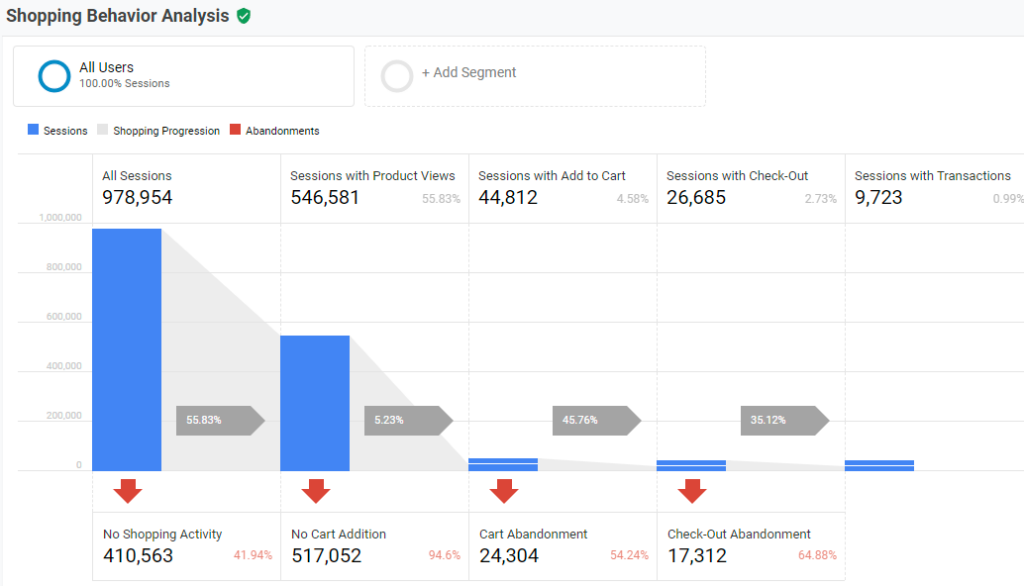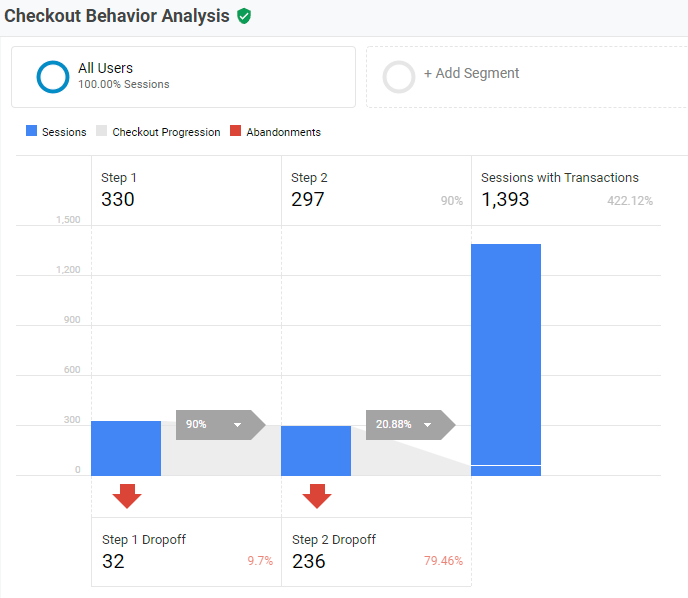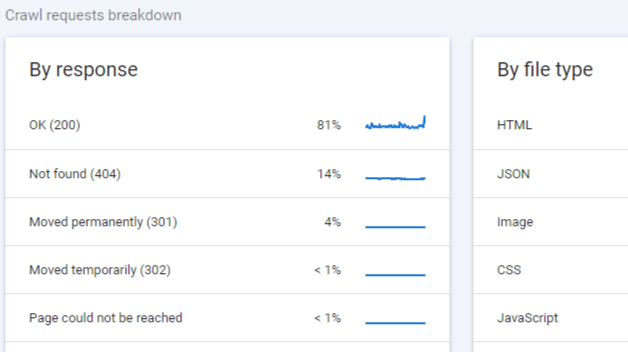The path to purchase in your e-commerce store is critical for the success of your business. If you intend to use organic traffic to drive revenue, your Google Analytics Enhanced E-commerce setup should be examined during an SEO audit.
What is Enhanced E-commerce in Google Analytics
In short, Enhanced E-commerce (EE) is a series of reports that describe the effectiveness of your product pages, category/collection pages, on-site search results and other aspects of your website. When set up properly, it’s a great way to see if your visual merchandising is working to drive revenue and conversions.
It’s also a great place to look for how well specific coupon promotions and marketing campaigns are performing.
Often, however, we find that many companies don’t have this set up to work properly.
That’s why we include it in our SEO audits.
Enhanced E-Commerce Items we Check During an SEO Audit

Product List Set Up
Most Google Analytics installs for e-commerce sites do a good job of tracking product revenue. Most also track adds to cart and other product level performance metrics.
So many visits start from a Product List, or Category (a Collection if you’re using Shopify).
EE can also track these pages performance- if you have it set up properly. Most small to medium size stores don’t however.
So what are you missing?
These reports track what products showed in which positions when a category loads. Some stores default to showing the best sellers first, but other companies choose to do visual merchandising by hand, especially for holiday sale pages and such.
For your last big promo, do you know how many people clicked on the first product? The second? Did they add it to their cart or buy?
When your EE is working properly, you will.

Internal Promotion Performance
Running a site wide banner promoting a specific category or product? Do you have banners on your home page?
In EE, these are referred to as Internal Promotions.
We can show you how to properly code your banners to track impressions, clicks, and sales. It’s a great way to test effectiveness of both offers, and creative assets.

Coupon Performance
Most sites track this well in EE, but we’ll check to make sure yours does too. This report will show which coupons are being used the most, as well as which drive the highest average order value. If you do some math, it can also show you what percentage of your customers are using coupons in the first place.

Shopping Behavior
This is another report that most stores get right, but you can run into issues. This simply shows the path users take in your e-commerce store to purchase product.
It also will tell you how many visitors actually view your products at all, as opposed to just consuming your blog or other content.

Checkout Behavior
Unlike Shopping Behavior, many stores get this one wrong- and it’s really important. This report is key to your overall conversion rates, as it shows what step in the checkout process tend to make your users abandon the checkout process.
So this is a key part of our e-commerce SEO audit, since if its not configured correctly, you’ll have bad data, as in the image above.
Ready to get ranked? We’re ready to help.





